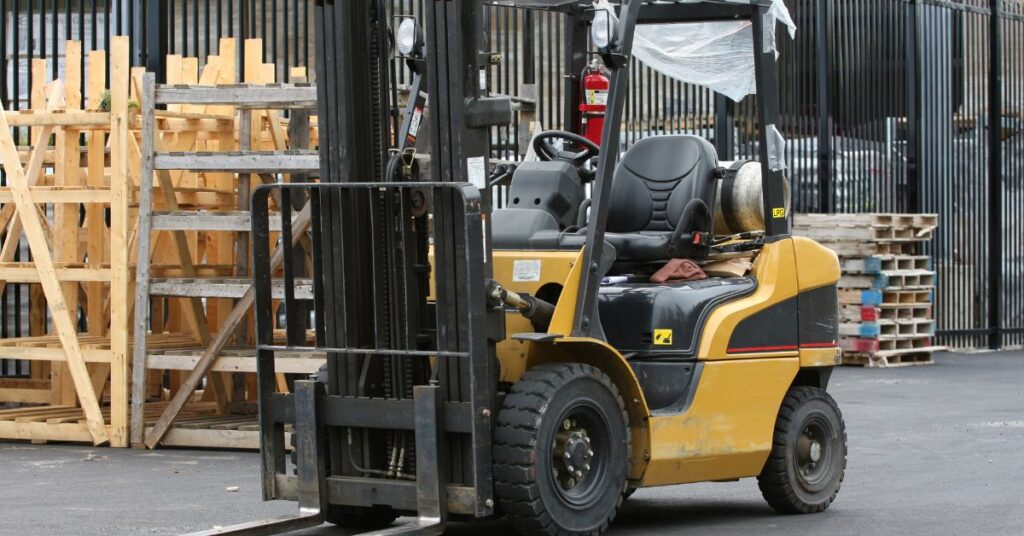Forklifts are essential tools in numerous industrial sectors, significantly enhancing productivity by handling heavy loads that are otherwise challenging to manage. Whether you’re considering a purchase or a rental, understanding the various types of forklifts, their specific uses, and the best practices for their maintenance can help you make informed decisions tailored to your operational needs.

Understanding Different Types of Forklifts
Standard Forklifts: Often seen in warehouses, these forklifts are designed for a variety of lifting tasks and can operate in relatively narrow aisles. They are versatile and efficient for a wide range of lifting duties, from unloading delivery trucks to stacking pallets.
Reach Trucks: Specifically designed for high reach and narrow aisles in warehouses, reach trucks extend vertically, making them ideal for facilities with high shelving.
Pallet Jacks: These are smaller than traditional forklifts and are used primarily for moving pallets around a warehouse. They come in manual and powered variants.
Rough Terrain Forklifts: Built to operate over uneven and rugged surfaces, these forklifts have sturdy tires and a robust design, suitable for construction sites and outdoor use.
Benefits of Utilizing Forklifts in Operations
The deployment of forklifts in a business setting brings several benefits:
- Enhanced Efficiency: Forklifts can move large volumes of goods quickly, reducing the time and manpower needed for manual handling.
- Improved Safety: Properly used forklifts reduce workplace injuries associated with lifting and moving heavy materials.
- Versatility: With various attachments available, forklifts can handle different types of materials and tasks, from lifting crates to hoisting bales.
Deciding Between Forklift Hire or Purchase
For businesses not requiring permanent forklift operations, forklift hire presents a cost-effective alternative. It is particularly useful for short-term projects or seasonal fluctuations, where the demand for lifting capacity temporarily increases. Searching for “forklift hire near me” can provide options close to your location, minimizing the logistics costs and time.
For long-term needs, purchasing a forklift may be more economically sensible. The choice between new and used forklifts largely depends on budget constraints and operational demands. New forklifts, while more costly, come with the latest features and warranties, whereas used forklifts can be a great deal if they have been well-maintained by reputable forklift suppliers.
Forklift Costs and Investment Considerations
Forklift prices are influenced by several factors, including the type of forklift, capacity, brand, and whether they are new or used. Understanding these factors can help you budget appropriately and choose the forklift that offers the best value for your investment.
Rental Services: A Flexible Option
Forklift rental offers flexibility for businesses that need forklifts intermittently. Rent a forklift services allow businesses to adapt to project demands without the long-term financial commitment of purchasing. Rentals also typically include maintenance services, ensuring the forklifts are always in optimal working condition.
Maintaining Your Forklift
To maximize the lifespan and efficiency of your forklift, regular maintenance is crucial. This includes routine checks and prompt forklift repairs to address any issues before they lead to larger problems. Proper maintenance not only extends the life of the forklift but also ensures it operates safely and efficiently.
Choosing the Right Forklift Supplier
The choice of forklift supplier is critical. Look for suppliers who offer comprehensive after-sale services, including access to spare parts and repair services. Good suppliers will have a range of forklifts for sale and rental options to suit different budgets and operational needs.
Implementing Forklifts in Your Business
Integrating forklifts into your operations can transform your material handling capabilities. Ensure that all operators are properly trained and certified to handle the specific type of forklift in use, as this is crucial for safe operations. Additionally, understand the legal requirements and safety standards associated with operating forklifts to ensure compliance and safety at work.
Conclusion
Forklifts are invaluable assets in modern industrial operations, offering unmatched efficiency and versatility in material handling. Whether you opt to buy or rent, ensuring you select the right type of forklift, maintain it properly, and choose a reliable supplier will guarantee that you maximize your investment. This strategic approach not only boosts operational efficiency but also enhances safety and productivity in the workplace.